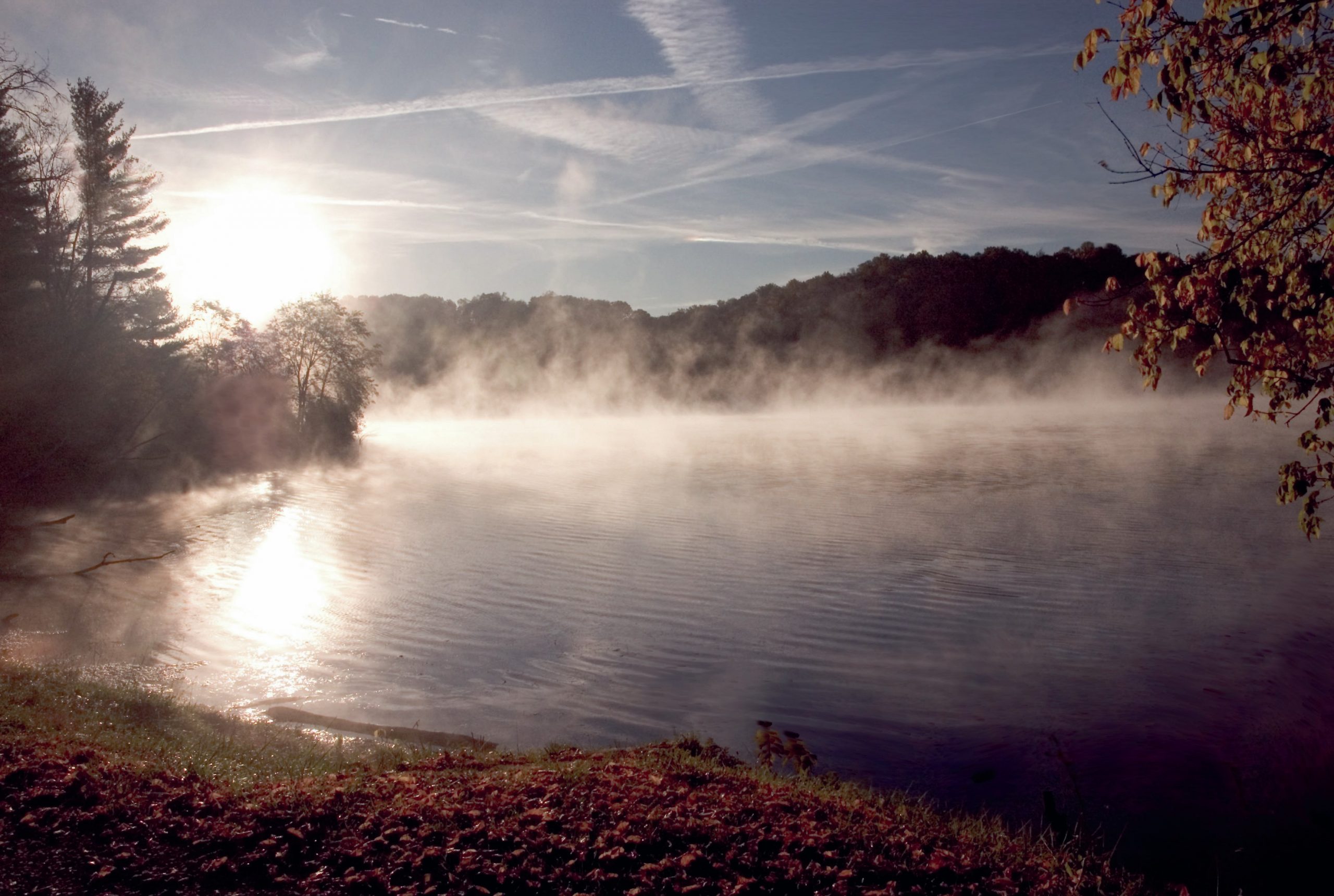
The water cycle and the drainage basin system are familiar components of all A-level geography specifications. The water cycle operates at a variety of spatial scales and also at short- and long-term timescales, from global to local. A range of different physical processes control the movement and circulation of water between the stores on land, in the oceans, in the cryosphere and the atmosphere.
At the local scale, the water cycle is an interesting system that can be investigated as part of an NEA. This is an excellent area for a local quantitative study, but measurement of the local water cycle presents some fieldwork challenges. The rest of this article aims to support students in considering this area of fieldwork, which is sometimes underutilised for A-level coursework. We start with the links to the geography specifications and then discuss some of the approaches that can be used along with secondary data to investigate and understand components of the local water cycle.
Your organisation does not have access to this article.
Sign up today to give your students the edge they need to achieve their best grades with subject expertise
Subscribe




